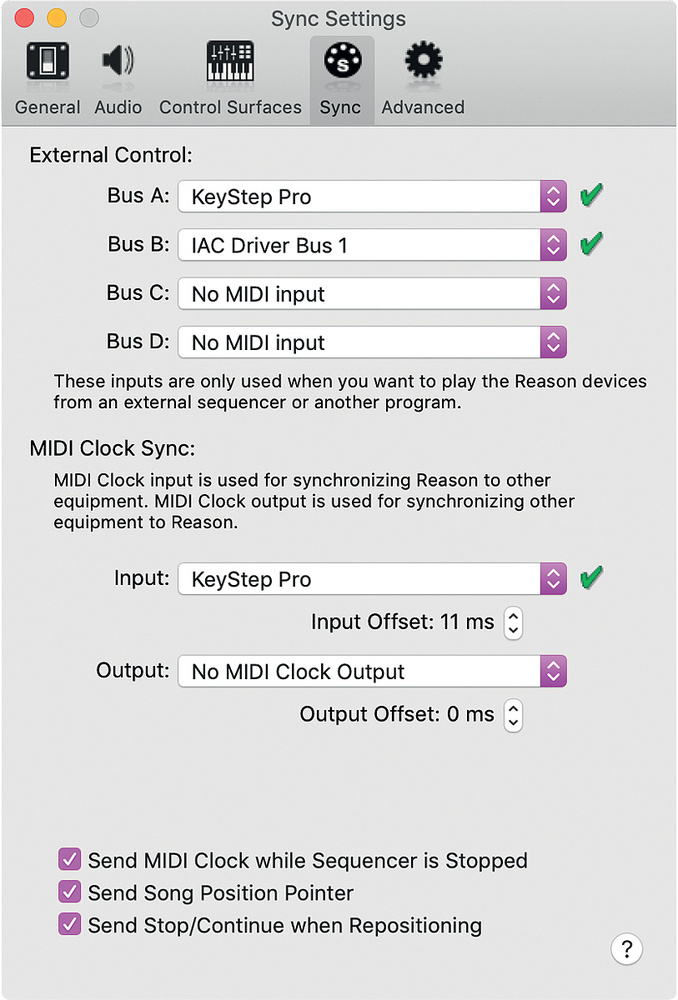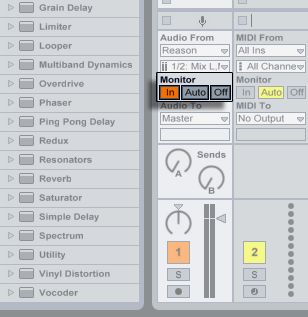




A combinator will visually show the outcome of the modulation that takes place when using CV cables attached to the Rotary inputs of the combinator. A simple way to demonstrate this on the fly is using a setup like this inside a combinator. In this particular setup the CV signal becomes an Amplitude Modulator on the receiving ends. Now you are able to use the Audio Input one as an in coming audio source and use CV 1 output as the out going CV signal. Select on the modulation bus matrix Source: Audio In 1, Amount 100, Destination CV Out 1 Right click and "Reset patch" (Reason 6.5) or Initialize patch with all previous versions In this setup I am using thor to do this. To setup any audio to CV you will need a converter to do this. This leads in to a hard understanding on what the outcome is going to be like since the audio source will most likely determine the outcome. Since it usually depends on the incoming audio signal, in combination with the type of modulation you are throwing against it. However when it comes to practical use of Audio to CV there are many things you could do. You could use Audio to CV to be kind of like an Audio peak listener, something we kind of pulled of with Thor and Auto CV. The main idea behind Audio to CV is that you are using (most likely) Thor to convert any in coming audio to CV signals or vice versa. And this usually leads in to some 'weird' behavior (CV stuttering). The only main issue is: when converting is done directly from the source it turns into Amplitude modulation on the CV signal. Audio to CV is a method where you directly convert any incoming audio to a CV signal. A different topic which is kind of related to Auto CV.


 0 kommentar(er)
0 kommentar(er)
